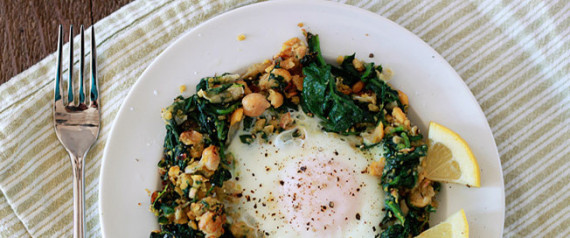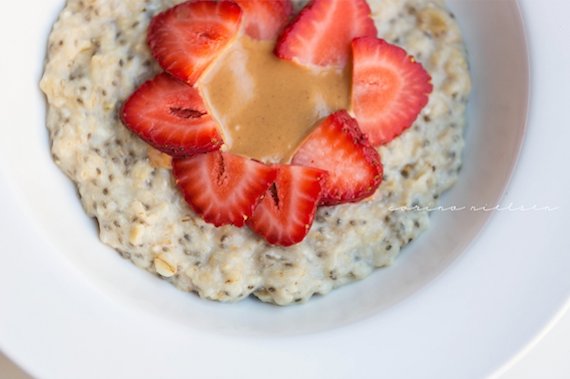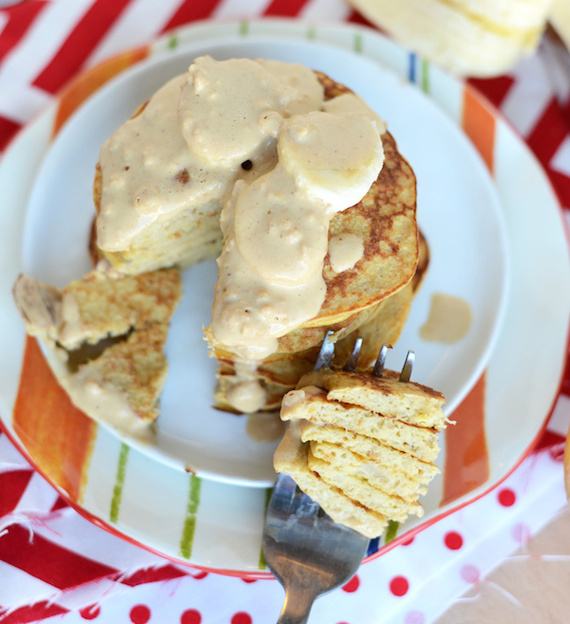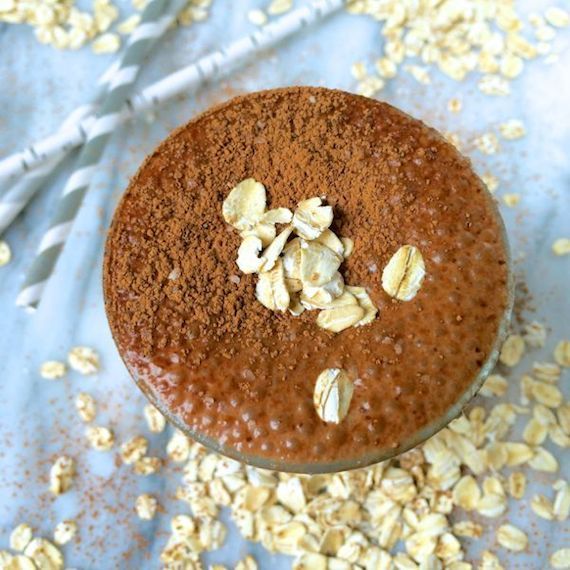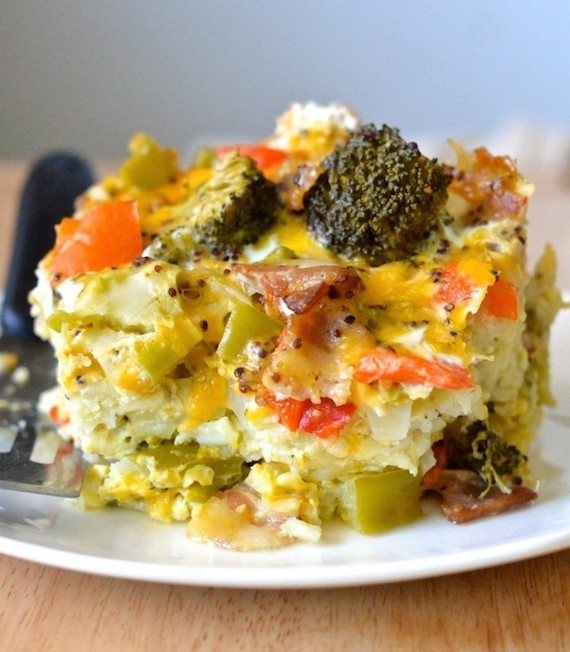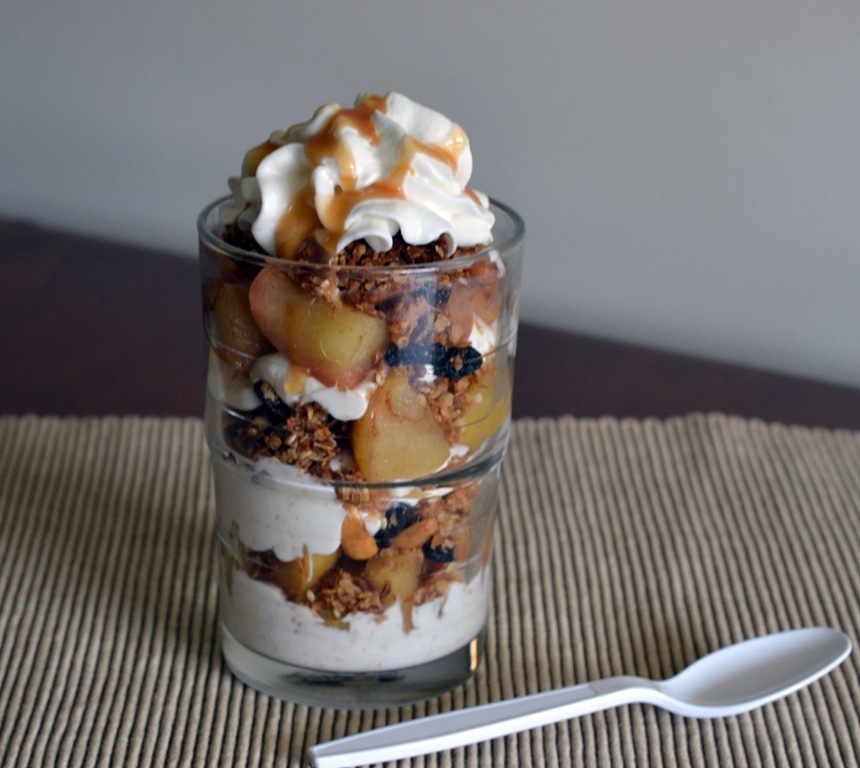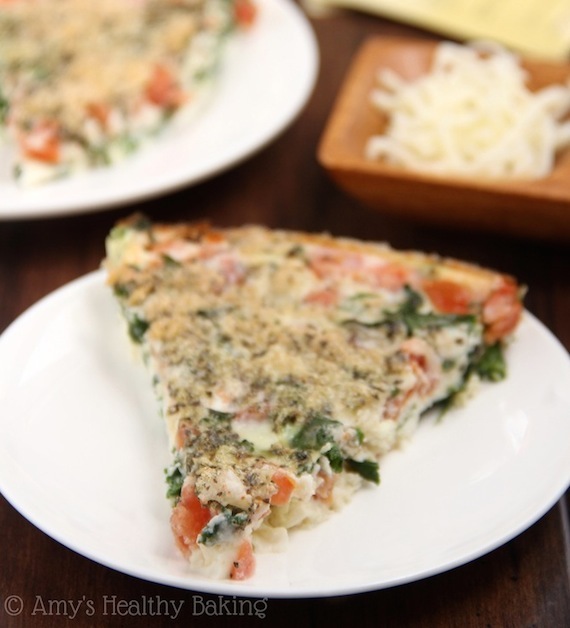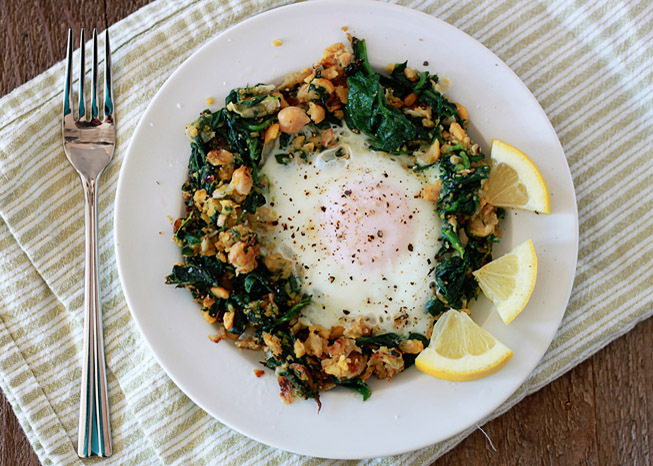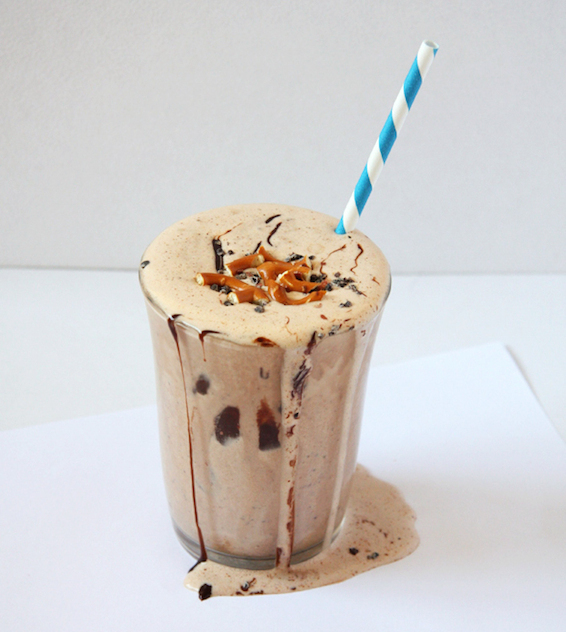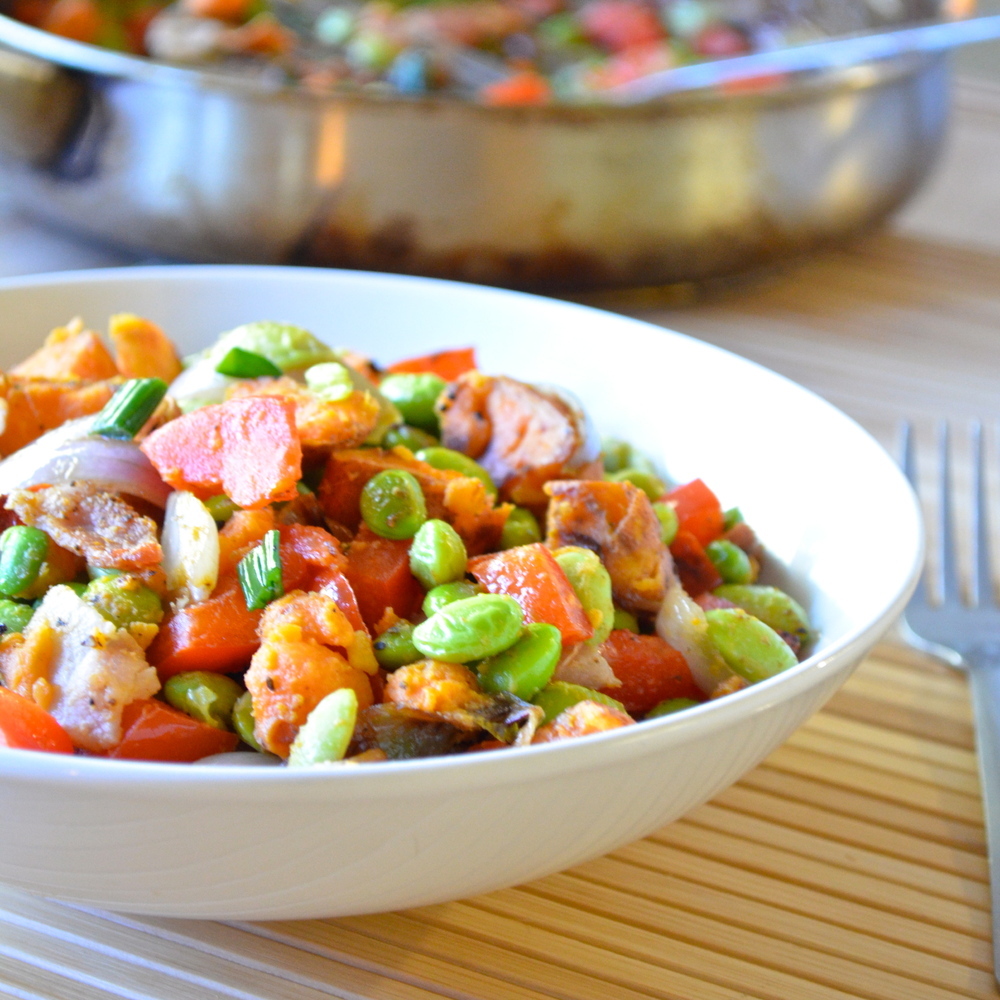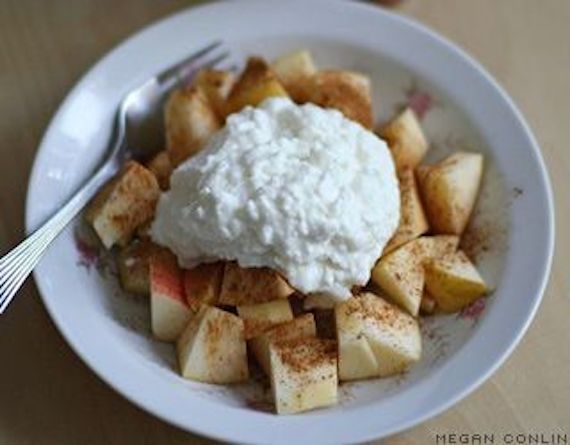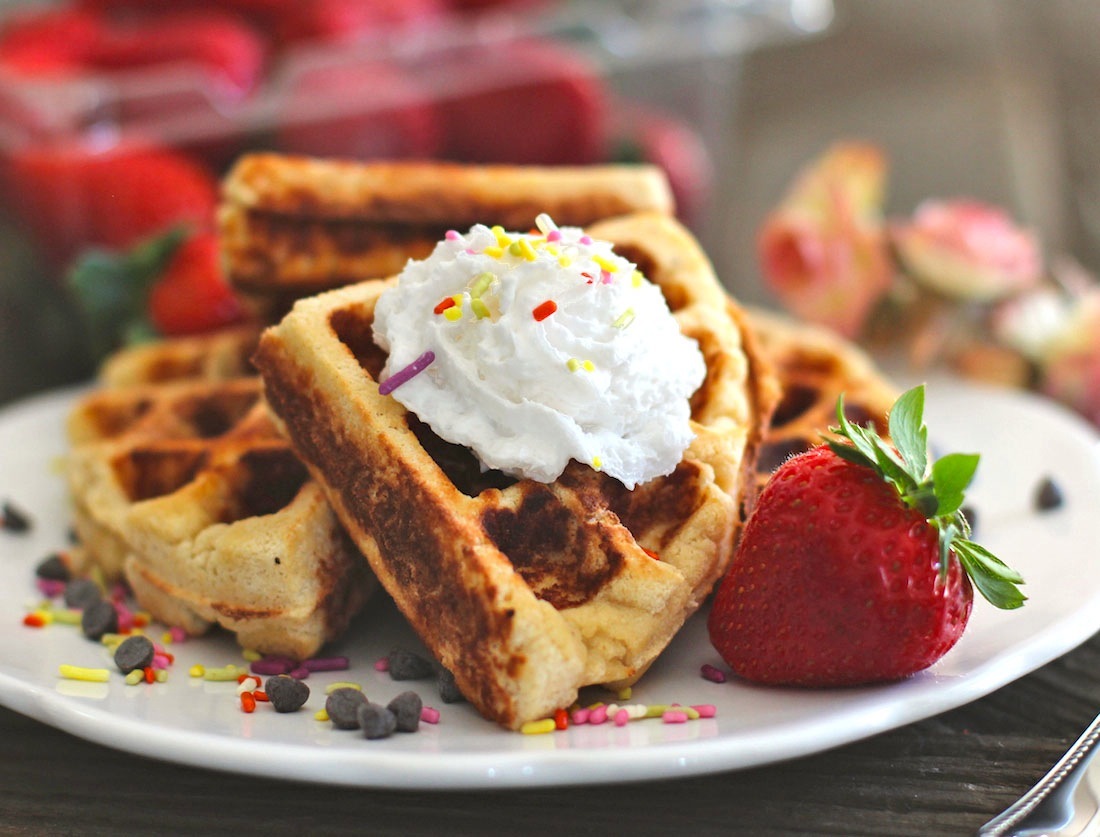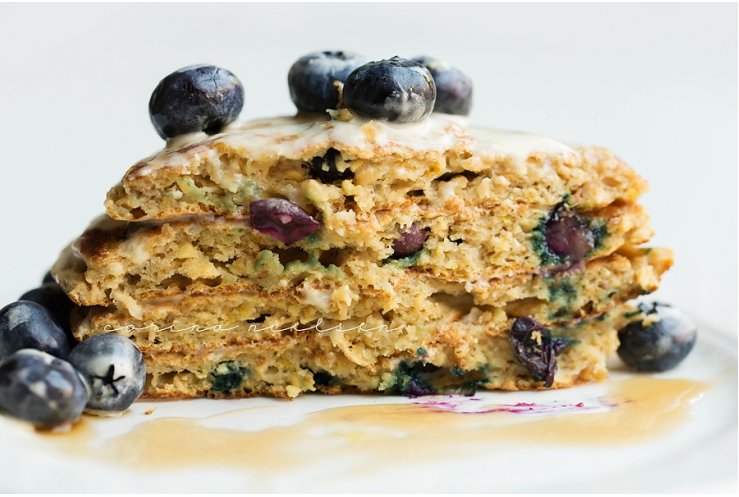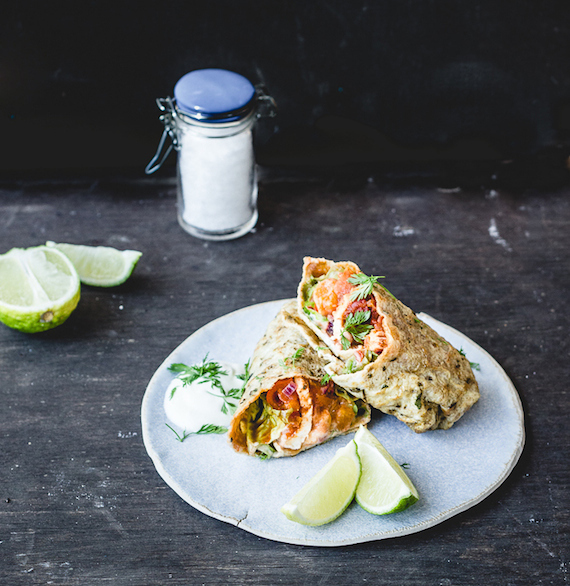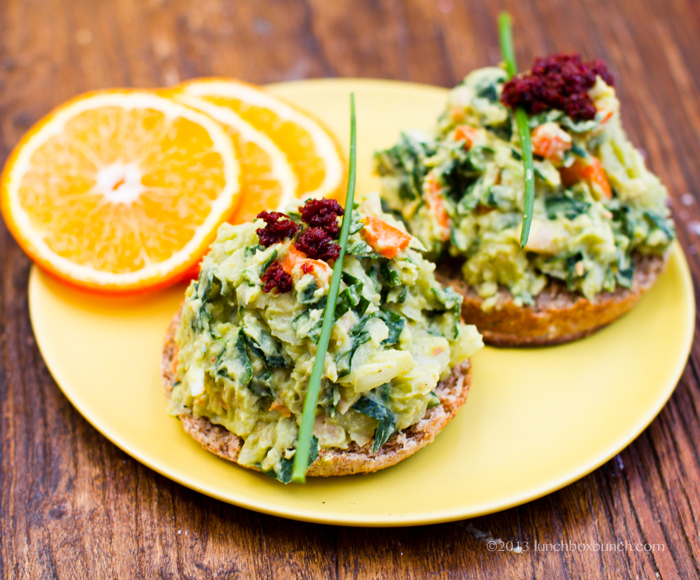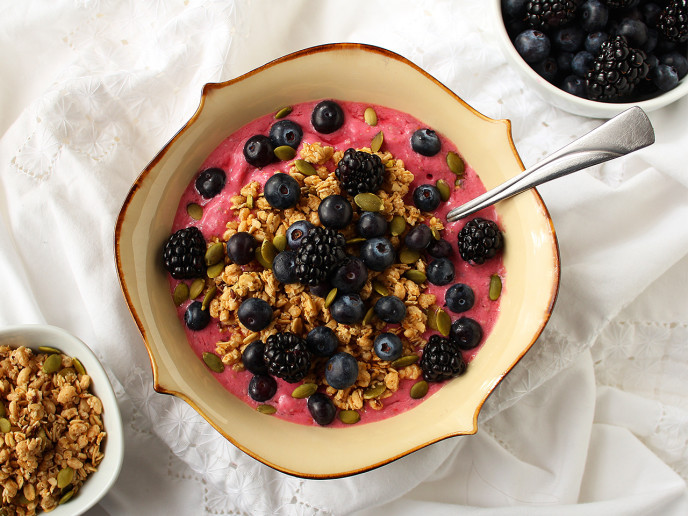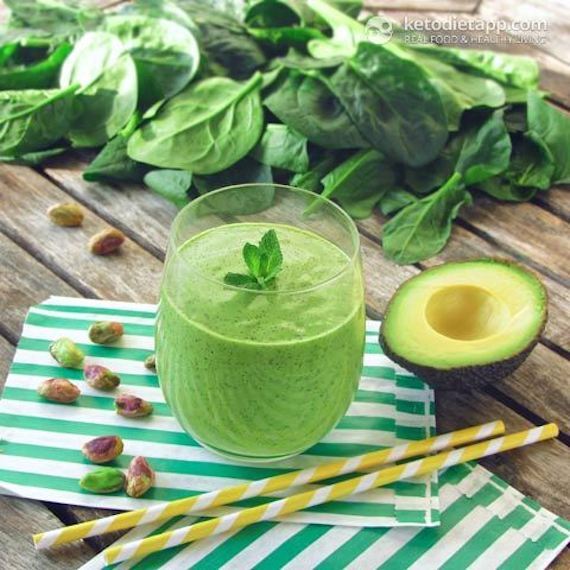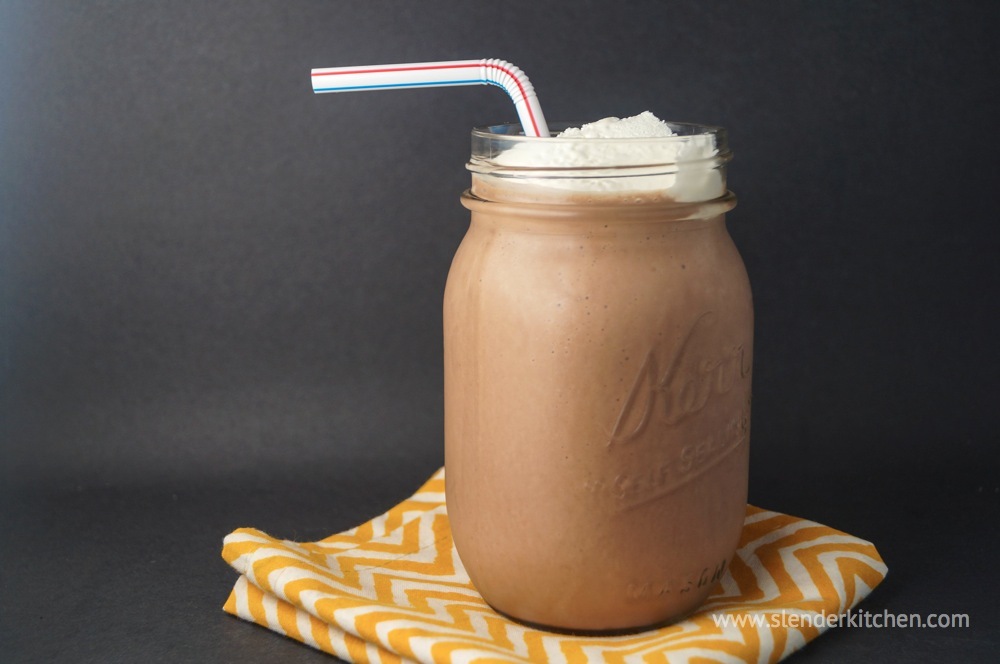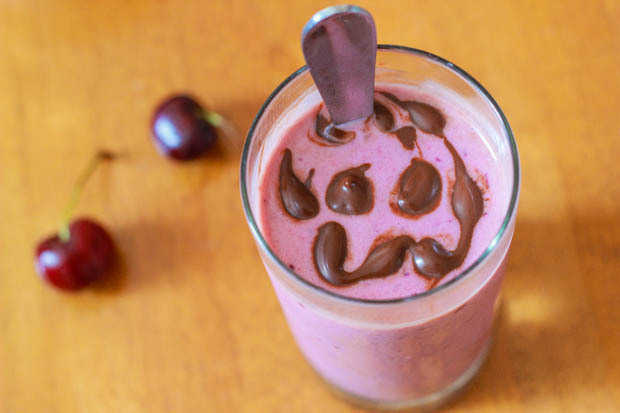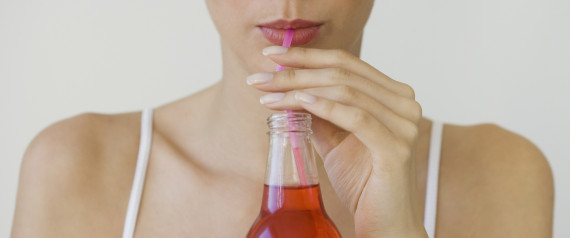Diet cola addicts, I mean
drinkers, celebrated a recent study published in the journal
Obesity that showed diet-soda drinkers
lost more weight than water drinkers.
The 12-week study divided 303 participants into a water or diet-soda group, both of whom followed the same diet and exercise plan. Victory went to the diet-soda drinkers, who lost on average 13 pounds over 12 weeks, whereas the water drinkers only lost nine pounds over that same period.
"This study clearly demonstrates diet beverages can in fact help people lose weight, directly countering myths in recent years that suggest the opposite effect -- weight gain," said James O. Hill, Ph.D., executive director of the University of Colorado Anschutz Health and Wellness Center, and a co-author of the study. "In fact, those who drank diet beverages lost more weight and reported feeling significantly less hungry than those who drank water alone."
You've got to admire Hill's hubris about "countering myths" (never mind these were
legitimate studies) and how this study "clearly demonstrates" diet soda can help you lose weight. But then, you can easily trace the giant money trail that fuels such language.
The not-so-discreet news is that the American Beverage Association (ABA) -- a deep-pocketed organization that supports giants like soft drinks, sports drinks and juice drinks -- funded this diet-soda study.
Its
Board of Directors include Chair Claude B. Nielsen from Coca-Cola and Vice Chair Rodger L. Collins from the Dr. Pepper Snapple Group. With that kind of support, did you think the diet-soda drinkers wouldn't come out ahead?
If you haven't guessed: Corporate money, not your health, drives the ABA.
So does sugar. Last year a large epidemiological study in the journal PLoS One concluded sugar might have a direct, independent link to diabetes. Researchers concluded "sugar should be investigated for its role in diabetes pathogenesis apart from its
contributions to obesity."
The ABA wasn't happy about this conclusion; understandably, since so many products it supports are nothing more than high-fructose corn syrup (HFS) or some other form of sugar. "This study
does not show -- or even attempt to show -- that consuming sugar causes diabetes," they argued. "In fact, its most robust finding confirms the well-established relationship between obesity and diabetes risk."
They noted other factors -- genetics, say, or dietary fat -- might contribute to obesity and diabetes. I'm going to flip that argument around on the ABA: Other variables might have helped diet-soda drinkers lose more weight. Maybe diet soda wasn't the winning factor.
The ABA has long diligently
defended diet soda's halo effect, due to seemingly innocuous
artificial sweeteners replacing sugar. "Whether due to a successful marketing effort on the part of the diet beverage industry or not, the weight conscious public often consider artificial sweeteners 'health food,'" notes Qing Yang in his article "
Gain weight by 'going diet'? Artificial sweeteners and the neurobiology of sugar cravings."
The tide's gradually changing: As consumers become savvier to diet soda's problems and
sales decline, this seems an awfully convenient time for such a study to appear.
Let's say diet soda did help participants lose more weight. That doesn't account for diet soda's -- or more specifically, the artificial sweeteners in diet soda's -- many problems.
Where do I begin? One study found sucralose (Splenda) "exerted numerous adverse effects" including
altered intestinal flora in rats. Another study's title, "Life-span exposure to
low doses of aspartame beginning during prenatal life increases cancer effects in rats," speaks for itself.
Human studies show likewise. One in the journal
Trends in Epidemiology and Metabolism (TEM) found "
accumulating evidence suggests that frequent consumers of these sugar substitutes may also be at increased risk of excessive weight gain, metabolic syndrome, Type 2 diabetes and cardiovascular disease."
Another in
Diabetes Care concluded sucralose produces a similar effect as glucose, therefore potentially increasing diabetes risk. "Our results indicate that this artificial sweetener is not inert -- it
does have an effect," said lead researcher M. Yanina Pepino, Ph.D.
Keep in mind too the Obesity study's size (303 participants) was rather small, whereas numerous other (non-soda supported) studies show the complete opposite effect.
Over 14 years and 66,118 participants -- a
little larger than that pro-diet soda study -- a study published in
The American Journal of Clinical Nutrition found diet sodas
increase your diabetes risk more than regular soda.
Another study presented at an American Diabetes Association meeting found diet soda drinkers had a
waist circumference 70 percent bigger than regular-soda drinkers. Worse, folks who had two or more diet sodas each day had waist circumference increases 500 percent greater than non-diet soda drinkers.
Diet sodas help folks lose more weight? A large amount of evidence proves otherwise. "There is no free ride," says my friend Dr. Mark Hyman. "Diet drinks are not good substitutes for sugar-sweetened drinks. They increase cravings,
weight gain, and Type 2 diabetes. And they are addictive."




